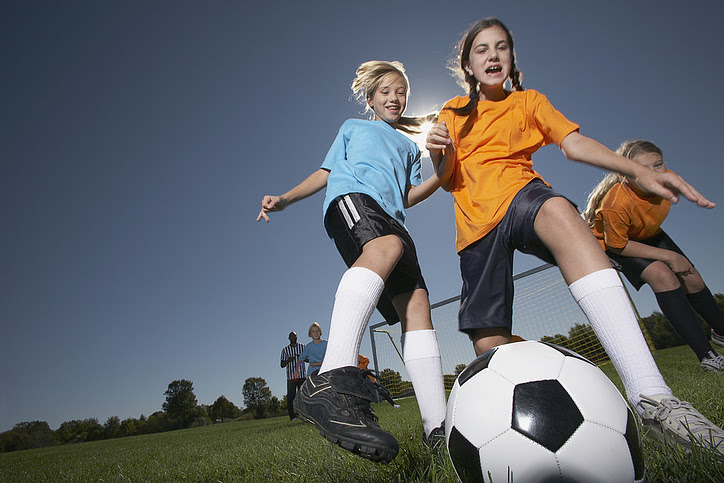Anxiety: What If It Comes From a Past Sports Injury?
Three sports scenarios that may play a role in your anxiety.
Sports injuries are common!
According to the National Safety Council (NSC), in 2019 there were:
- 468,000 injuries from general exercise
- 417,000 injuries from bicycling
- 404,000 injuries basketball
- 292,000 injuries from football
Injury prone activities
From CDC data, activities associated with the highest number of ER visits were:
- football
- bicycling
- basketball
- playgrounds
- soccer
Did you know the majority of sports injuries happen during practices?
As a parent, you may not even realize your child was injured since you didn’t end up at the ER.
Often, kids tough things out and don’t think to mention the incident.
Anxiety a thing with you (or someone you know)?
You’ve tried it all — deep breathing, meditation, and exercise?
But as the weeks go by, you (or your child/loved one) feel less confident and much of life is a struggle. Why? The mental game to figure out a cause begins … the medical tests come up clear, so what else could be going on?
When the routine tips for helping anxiety yield little help, and medical tests are fine, Bridging® can provide insight and help. We find the key is hidden in your past. Prior bumps and falls often provide the explanation.
Three surprising (and common) scenarios of how sports bumps relate to anxiety.
For so many of our clients, youth and older, a sports injury is what has blocked your ability to self-calm. Your diaphragm, core organization, and deep calming breathing are often affected.
Here are the three most common scenarios we find:
- Perfect Storm: The right hit at the right place at just the right force and now the body can’t recover on its own. Often not ER worthy, the incident leaves you deflated, with a diaphragm that doesn’t properly support you.
- Trifecta: A little hit on the shoulder, a twisted ankle, and another bump to the core to top it off. One trauma layered on another over time can create the perfect combo which whittles away all the body’s compensation mechanisms related to core and diaphragm function.
- Absence of a good thing: Sometimes exercise and sport are the self-medication that keep your diaphragm functioning fine. But when you stop, your body’s calming ability seems to fall apart and can’t get back together.
Wondering if Bridging® can help you with your anxiety?
After you are checked out to make sure there are no broken bones, or torn muscles, it’s time for Bridging® to put the pieces back together.
Drop me some background info and I’ll tell you if, and how Bridging® can help.
How does Bridging® help?
All the deep breathing, stretches, and exercises are limited in ability to help calm when your diaphragm and core are out of sync. What you really need is a reset.
Bridging® is able to quickly reset the coordination of the core and diaphragm muscles allowing your body to get back to the way it is supposed to work. Your new sense of calm is waiting!
In a recent BLOG post, I shared how poor diaphragm function impacts so many calming mechanisms. You can read more here.

